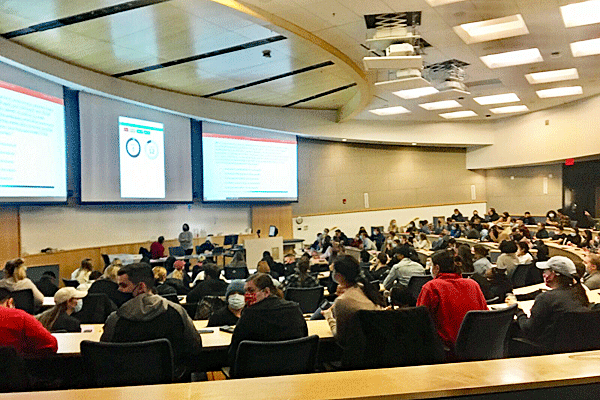
Excerpt from WKEF
A federal cap on residency positions has remained unchanged since 1997 and it’s continuing to impact the ongoing physician shortage during a global pandemic.
“The United States Medical schools have added 30% to their enrollment in response to these workforce issues over the last 10 years,” said Dr. Valerie Weber, Dean Professor of Medicine Boonshoft School of Medicine at Wright State University.
Although there is a rise in medical students, there’s not a rise in residency slots. Meaning, many of the medical school graduate who dedicated years of schooling and thousands in school loans, never get to be a practicing physician.
According to the Data Education Initiative, the average medical school debt is $215,900, excluding premedical and other educational debt.
“The funding for residency programs happens through the federal government through a division of CMS or the Medicare program and there has been a limitation on them for over the past 20 years,” said Dr. Weber.
A medical school graduate must complete residency in order to become a licensed physician.

